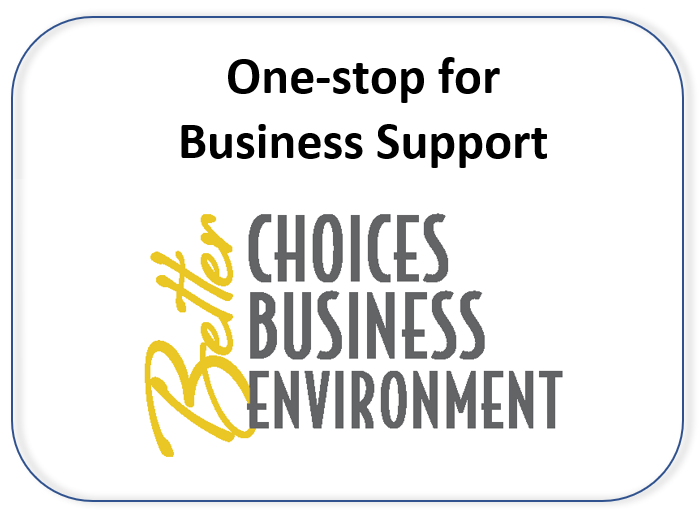Fiberglass reinforced plastics
Fiberglass reinforced plastics facilities can emit a range of volatile organic compounds (VOCs) and hazardous air pollutants (HAPs). There may also be hazardous waste generated and wastewater discharge.
Air pollution regulations
- The Reinforced Plastic Composites Production NESHAP page has information on the rule along with implementation tools at the bottom of the page, including example calculations, a small business compliance guide, frequently asked questions, an applicability flowchart, among other documents.
- The Minnesota Technical Assistance Program has an industry specific page: Pollution prevention solutions for FRP shops
- It providesRegulatory Resources for FRP Shops
- Resources and associations for FRP Facilities links to a number of articles on reducing emissions.
- An alternative for some resin applications may be a product called NOVOC. Check out their website for potential uses of the product and test results that show minimal levels of VOC and HAP emissions. We have not evaluated any claims, so be sure and ask questions about their product.
Waste regulations
- Unused paints and related cleaning solvents are often considered hazardous waste. Before disposing of any unused paint or solvent, it is important to review whether the material is hazardous and then properly manage the waste going forward. Start with the SBEAP's hazardous waste page and learn more about hazardous waste management.
- If you clean up with wipes or rags, be sure to follow the latest procedures outlined in the DNR waste program fact sheet Management of Solvent-Contaminated Wipes (WA-1207)
- If you reuse solvents, there are important policy issues to understand:
- If you continue to reuse a solvent after the initial use: Hazardous Waste Program Policy on Continued Use (WA-1594)
Wastewater regulations
- Small industrial sources using paints and solvents should check with their local Wastewater Treatment plant or sewerage district about disposal of any industrial materials. They will have limits on what contaminants can be sent to the sewer. You may need to pretreat your wastewater discharge before sending it to the treatment plant. Review the requirements starting on the DNR wastewater program page.
- Small industrial sources may also have to comply with a storm water discharge permit, or certify that they are not a source of exposure to storm water contamination. Review the storm water runoff permits page for more details.
| Additional resources |
|---|

